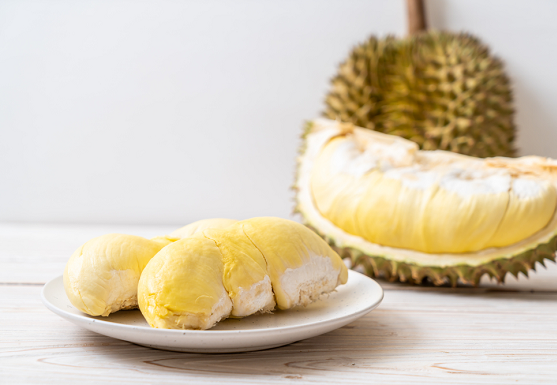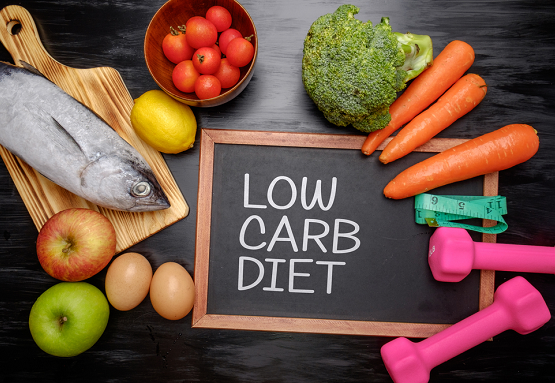Diet for Diabetics

There is no special diet for Diabetes, says Sarah Shamila, Manager, Nutrition and Dietetic Services. We find out more about food choices for diabetics and the glycemic index.
Body
“Within the context of healthy eating, a person with diabetes can eat anything a person without diabetes eats. Everyone, whether they have diabetes or not, should consume a healthful diet that consists of whole grains, lean protein foods, vegetables, fruits and heart-healthy fats,” Sarah explained.
Most people are inclined to think that when you have diabetes you need to avoid sugar, while others believe it to be a strict way of eating that controls glucose. Both are not quite right.
“Managing the carbohydrate intake remains the mainstay in diabetes management. Carbohydrate is our body’s preferred source of energy in the diet,” she said.
Common foods containing carbohydrates are rice, noodles, cereals, breads, pasta, beans and pulses, as well as all fruit, some vegetables such as potatoes, lotus root and yam, and dairy products like milk and yoghurt.
“All carbohydrates are broken down into glucose which is essential fuel for the body, especially the brain. A reduction in carbohydrates, if necessary, should to be undertaken by a dietitian,” she added.
Food
Heart diseases can arise from complications of diabetes. Sarah advised that saturated fat and trans fat that can raise blood cholesterol, increasing your risk for heart attack or stroke, and should be consumed sparingly or not at all. Some sources of saturated fat include butter-rich pastries and cakes, poultry with skin, red meat, full cream milk, yoghurt and cheese. Trans fat is found in some hard margarines, snack foods and fast foods.
“Look out for the Healthier Choice Symbol when choosing foods,” she added.
People with diabetes should cut back on their sodium intake since they are more likely to have high blood pressure, a leading cause of heart disease, than the general population. High-sodium foods include canned foods like luncheon meat, salted vegetables, salted fish, salted eggs and cold cuts like ham.
Glycemic Index
There is some evidence to suggest that the way carbohydrate foods digest in the body may affect blood sugar levels.
The glycemic index, or GI, measures how a carbohydrate-containing food raises blood glucose. A food with a high GI raises blood glucose more than a food with a medium or low GI.
Carbohydrate-containing foods with a low GI include brown rice, whole grain breads and cereals (like whole wheat bread, rye bread, oats and all-bran cereal), all non-starchy vegetables, some starchy vegetables like sweet potatoes, most fruit, and many dried beans and legumes (like kidney beans and lentils).
Meats and fats don’t have a GI because they do not contain carbohydrate.
“However, there are several factors that can affect the GI of a food,” Sarah explained. For instance, the time taken to cook, “Al dente pasta has a lower GI than soft-cooked pasta,” she added. The other factors Sarah advised are:
• Ripeness and storage time — the more ripe a fruit or vegetable is, the higher the GI
• Processing — juice has a higher GI than whole fruit; mashed potato has a higher GI than a whole baked potato, stone ground whole wheat bread has a lower GI than whole wheat bread.
• Variety — converted long-grain white rice has a lower GI than brown rice but short-grain white rice has a higher GI than brown rice.
“The GI of a food is different when eaten alone than it is when combined with other foods. When eating a high GI food, you can combine it with other low GI foods to balance out the effect on blood glucose levels. You can also choose to have low GI snacks in your meals,” she added.
Article contributed by Ms Sarah Shamila, Manager, Mount Alvernia Hospital Nutrition and Dietetic Services. Click here to learn more about our Nutrition and Dietetic services.
This article is taken from our My Alvernia Magazine Issue #27. Click here to read the issue on our website or on Magzter.



